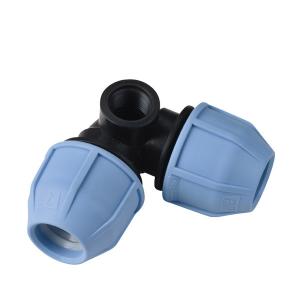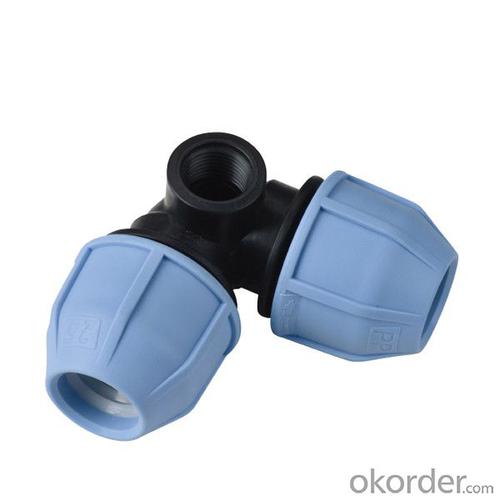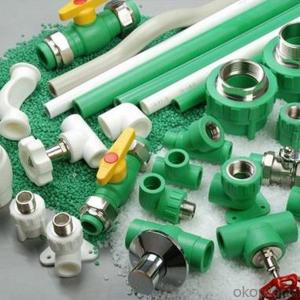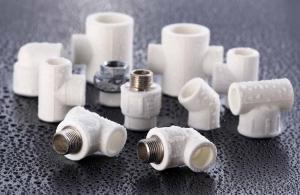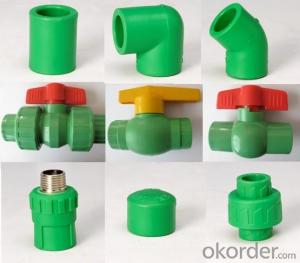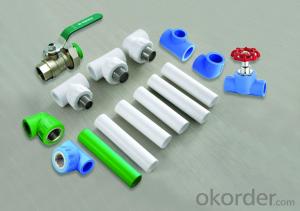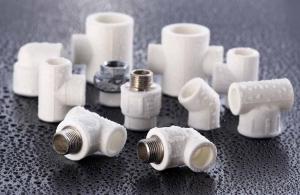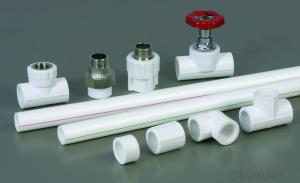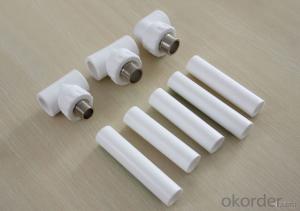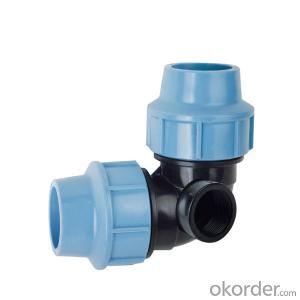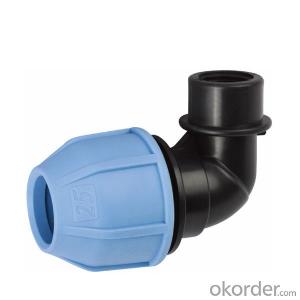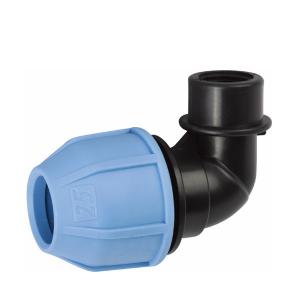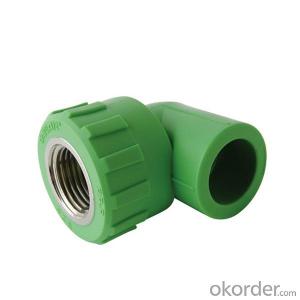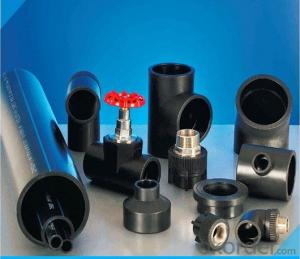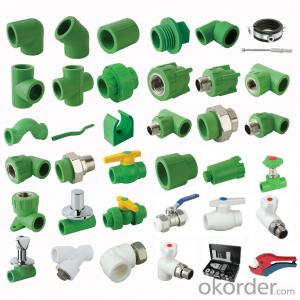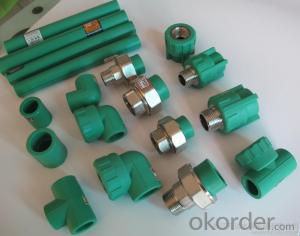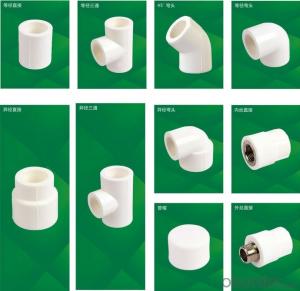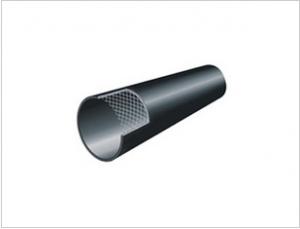Sink Plastic Pipe Fittings - High Quality 90 Elbow with Lateral Threaded Female Take Off
- Loading Port:
- Ningbo
- Payment Terms:
- TT or LC
- Min Order Qty:
- 1000 watt
- Supply Capability:
- 100000 watt/month
OKorder Service Pledge
Quality Product, Order Online Tracking, Timely Delivery
OKorder Financial Service
Credit Rating, Credit Services, Credit Purchasing
You Might Also Like
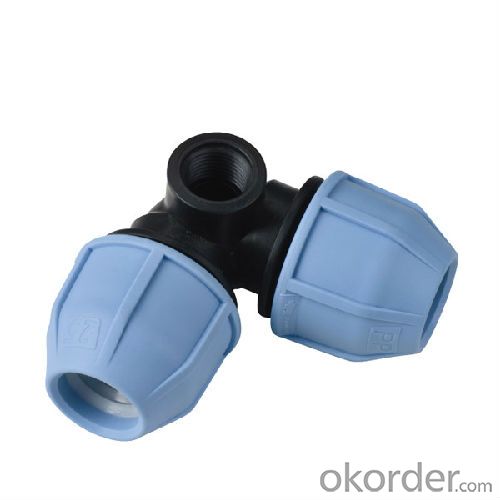 1.It is used in industrial fields, agriculture and garden irrigation 2. Beauty appearance.3.Thermal insulation and energy saving.4. Easy installation 5.excellent heat resistance and pressure resistance 6. affordable price
1.It is used in industrial fields, agriculture and garden irrigation 2. Beauty appearance.3.Thermal insulation and energy saving.4. Easy installation 5.excellent heat resistance and pressure resistance 6. affordable price
1.Material:Random Polypropylene(Hyosung R200P);
2.ISO9001&ISO14001;
3.Standard:GB/T 18742.3-2002, DIN8077/8078;
4.OEM also ok
- Q: Can plastic pipe fittings be used in fire-rated systems?
- No, plastic pipe fittings cannot be used in fire-rated systems. Fire-rated systems require fittings made of materials that are resistant to fire and can withstand high temperatures.
- Q: How do you measure plastic pipe fittings?
- To measure plastic pipe fittings, you typically need to determine the outer diameter (OD) or inner diameter (ID) of the fitting. This can be done using a caliper or a measuring tape, ensuring accuracy by taking multiple measurements and averaging them. It is important to measure carefully to ensure a proper fit and compatibility with the pipe being used.
- Q: Do plastic pipe fittings require any special anchoring or bracing?
- Yes, plastic pipe fittings generally do not require any special anchoring or bracing. They are designed to be lightweight and flexible, and can typically be supported by the plumbing system itself. However, in certain situations or when subjected to high pressure or vibrations, additional support or bracing may be necessary to ensure the stability and integrity of the fittings.
- Q: How do plastic pipe fittings handle water treatment processes?
- Plastic pipe fittings are commonly used in water treatment processes due to their excellent performance and durability. They are resistant to corrosion and chemical reactions, making them suitable for handling various water treatment chemicals and processes. Plastic fittings can withstand high pressure and temperature conditions without any degradation, ensuring a reliable and long-lasting system. Additionally, their smooth interior surface minimizes friction and allows for efficient water flow, resulting in enhanced treatment efficiency.
- Q: Can plastic pipe fittings be used in chemical processing systems?
- Yes, plastic pipe fittings can be used in chemical processing systems. However, it is important to choose the appropriate type of plastic based on the specific chemicals and conditions involved. Certain plastics, such as PVC or CPVC, are commonly used in chemical processing due to their chemical resistance and durability. It is crucial to consult with experts and follow industry standards to ensure the compatibility and safety of plastic pipe fittings in chemical processing systems.
- Q: Can plastic pipe fittings be easily installed?
- Yes, plastic pipe fittings can be easily installed. They are lightweight, require basic tools, and can be connected using simple techniques like solvent welding, compression fittings, or push-fit connections. Additionally, plastic pipe fittings are often designed with clear markings and instructions, making the installation process straightforward for both professionals and DIY enthusiasts.
- Q: How are plastic pipe fittings different from metal pipe fittings?
- Plastic pipe fittings are different from metal pipe fittings in terms of material composition and characteristics. Plastic fittings are made from various types of plastic, such as PVC (polyvinyl chloride) or CPVC (chlorinated polyvinyl chloride), while metal fittings are typically made from materials like brass, copper, or stainless steel. One key difference is that plastic fittings are generally less expensive than metal fittings. Plastic fittings are also lighter in weight and easier to handle and install. They are corrosion-resistant and do not require additional coatings or treatments like metal fittings. However, metal fittings offer higher strength and durability compared to plastic fittings, making them suitable for applications that require high pressure or extreme temperatures. Metal fittings can withstand higher stress and are less prone to cracking or breaking. They also have better fire resistance properties compared to most plastic fittings. Overall, the choice between plastic and metal pipe fittings depends on the specific requirements of the application, including factors like cost, pressure, temperature, and the presence of corrosive substances.
- Q: Are plastic pipe fittings resistant to mold and mildew?
- Yes, plastic pipe fittings are generally resistant to mold and mildew. Due to their non-porous nature, plastic fittings do not provide a suitable environment for mold and mildew growth. Additionally, plastic materials are often treated with anti-microbial agents or coatings that further inhibit the formation of mold and mildew.
- Q: Can plastic pipe fittings be used for chemical dosing in water treatment?
- Yes, plastic pipe fittings can be used for chemical dosing in water treatment. Plastic fittings are commonly made from materials like PVC, CPVC, or polypropylene, which are resistant to many chemicals and can withstand the corrosive nature of certain water treatment chemicals. Plastic fittings also offer cost-effectiveness, durability, and easy installation, making them suitable for various applications in water treatment processes. However, it is important to consider the specific chemicals being used and ensure that the chosen plastic fittings are compatible with those chemicals to avoid any potential reactions or leaching.
- Q: What's the size of the PPR pipe?
- (1) PP-R piping shall be standardized according to specifications.(2) hot melt connection: for pipes whose outer diameter is less than 63mm, the hand welding machine is used for connecting; for the pipe with outer diameter greater than 63mm, the high power welding device is used to connect.
Send your message to us
Sink Plastic Pipe Fittings - High Quality 90 Elbow with Lateral Threaded Female Take Off
- Loading Port:
- Ningbo
- Payment Terms:
- TT or LC
- Min Order Qty:
- 1000 watt
- Supply Capability:
- 100000 watt/month
OKorder Service Pledge
Quality Product, Order Online Tracking, Timely Delivery
OKorder Financial Service
Credit Rating, Credit Services, Credit Purchasing
Similar products
Hot products
Hot Searches
Related keywords
